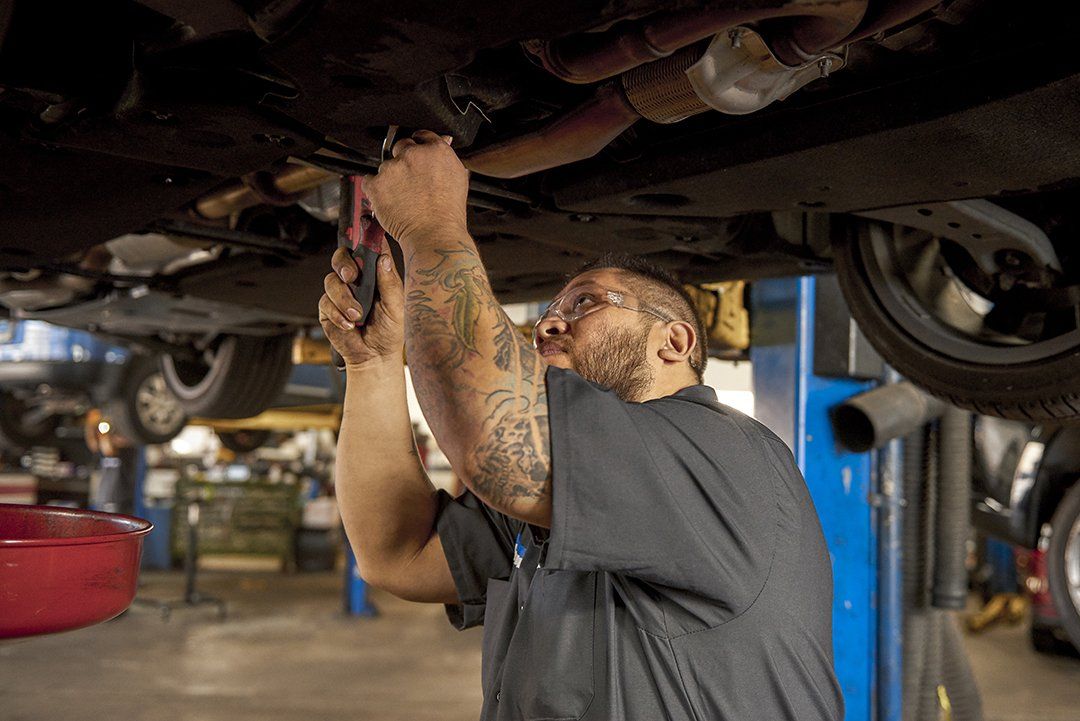Hand-operated transmission systems, additionally called manual gearboxes or standard transmission, call for vehicle drivers to manually select equipments utilizing an equipment stick and run a clutch pedal. This setup offers straight control over the lorry's power and rate, permitting a much more involved driving experience. The core elements of a manual transmission consist of gears, shafts, and synchronizers, which interact to transfer engine power to the wheels efficiently.
In a normal manual transmission, the chauffeur makes use of the clutch pedal to disengage the engine from the transmission, selects the desired gear utilizing the gear stick, and then releases the clutch to re-engage the engine with the new gear ratio. This process permits exact control over the automobile's efficiency, allowing vehicle drivers to enhance power delivery for various driving problems. The straight mechanical connection in hands-on transmissions frequently causes better gas performance and a more connected feeling in between the chauffeur and the lorry.

The drivetrain in cars with manual transmissions consists of several crucial parts:
•Clutch: Engages and disengages the engine from the transmission to permit equipment adjustments.
•Gearbox: Includes a collection of equipments that can be chosen to change the vehicle's speed and torque.
•Driveshaft: Transfers power from the transmission to the differential.
•Differential: Distributes power to the drive wheels while allowing them to rotate at various rates, particularly during turns.

Understanding these components is important for proper lorry upkeep and operation, making sure a smooth and receptive driving experience.
Check for more info at Logan Square Auto Repair - Automatic/Manual Transmission Systems Facebook Youtube Instagram
Latest Posts
Explore Bill Walsh Ford - Budget-Friendly Used Vehicles in Ottawa, IL Selection!
Hyundai of Albany's Commitment to Accessible Driving
The 2024 Toyota Mirai: Cutting-Edge Innovation and Lasting Efficiency
Navigation
Latest Posts
Explore Bill Walsh Ford - Budget-Friendly Used Vehicles in Ottawa, IL Selection!
Hyundai of Albany's Commitment to Accessible Driving
The 2024 Toyota Mirai: Cutting-Edge Innovation and Lasting Efficiency